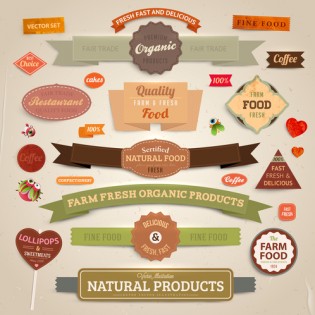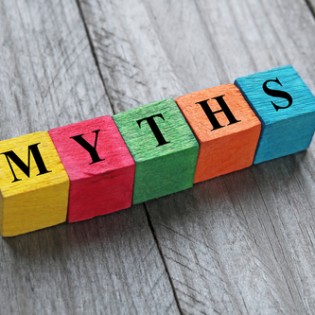In the past, peanut butter consisted only of peanuts and salt. Fast forward to today, consumers prefer buying peanut butter products that are sweeter and can be easily spread. This is the reason why manufacturers started to add other ingredients to their product. There was a long debate between food producers and regulation makers pertaining to the percentage of addition contents in peanut butter products. FDA allowed producers to reduce the peanut content to 90%, and the other 10% are additives that make the product taste better and give it a more appealing texture. Additives can consist of hydrogenated oil, honey, sugar, salt and more. Most importantly, the final product’s fat content should be less than 56%.
When it comes to developing a product like peanut butter, it is not always about its taste and quality, but how it is labeled and packaged as well. The informational and visual part of the product is needed to attract new buyers because most consumers make their decisions based on such elements.
What Do I Need to Know When Creating Peanut Butter Labels?
If you plan to create food labels, you should note that a lot depends on the printing method used, as well as the label adhesive and stock they are made of. Food labeling and packaging experts often aim to create proper solutions of each particular food product by taking into consideration the message the company is trying to convey, substrate and shape, and the product’s packaging size.
Also, an increasing number of consumers are becoming more health-oriented and concerned about the food they consume on a daily basis. Hence, you must make sure that your claims are able to win your consumers’ trust. The U.S. Food and Drug Administration does not tolerate labeling that is inaccurate and misleading, thus your product information must be crafted with utmost accuracy.
What Must a Peanut Butter Label Display?
A substantial amount of thought has to be put in the label design, in order to allow the peanut butter label sell the product. You have to consider the label’s color, shape and size, and create something that reflects your brand. Also, the label should be able to send a certain message to your consumers. A good way to get started is to see other peanut butter brands and study how their labels are designed and what colors are used.
Consumers and the FDA are interested in five basic label elements which are the name of the product, the manufacturer’s location, the net weight of the product, the nutrition facts and the ingredients. The value of helpful and accurate information increasing, and you should go with the flow in the addition of voluntary labels on your products. If you are complying with FDA requirements, you can add as many content and health claims as long as they are truthful and not misleading. For starters, you may include additional bits of label information such as:
- Contains Omega-3
- No need to stir! Just spread!
- Made with organic ingredients
- Cholesterol-free and no trans fats
- Made with sea salt
- Great source of vitamin E
- Low fat
- Crunchy
- Rich and creamy
- Homogenized







